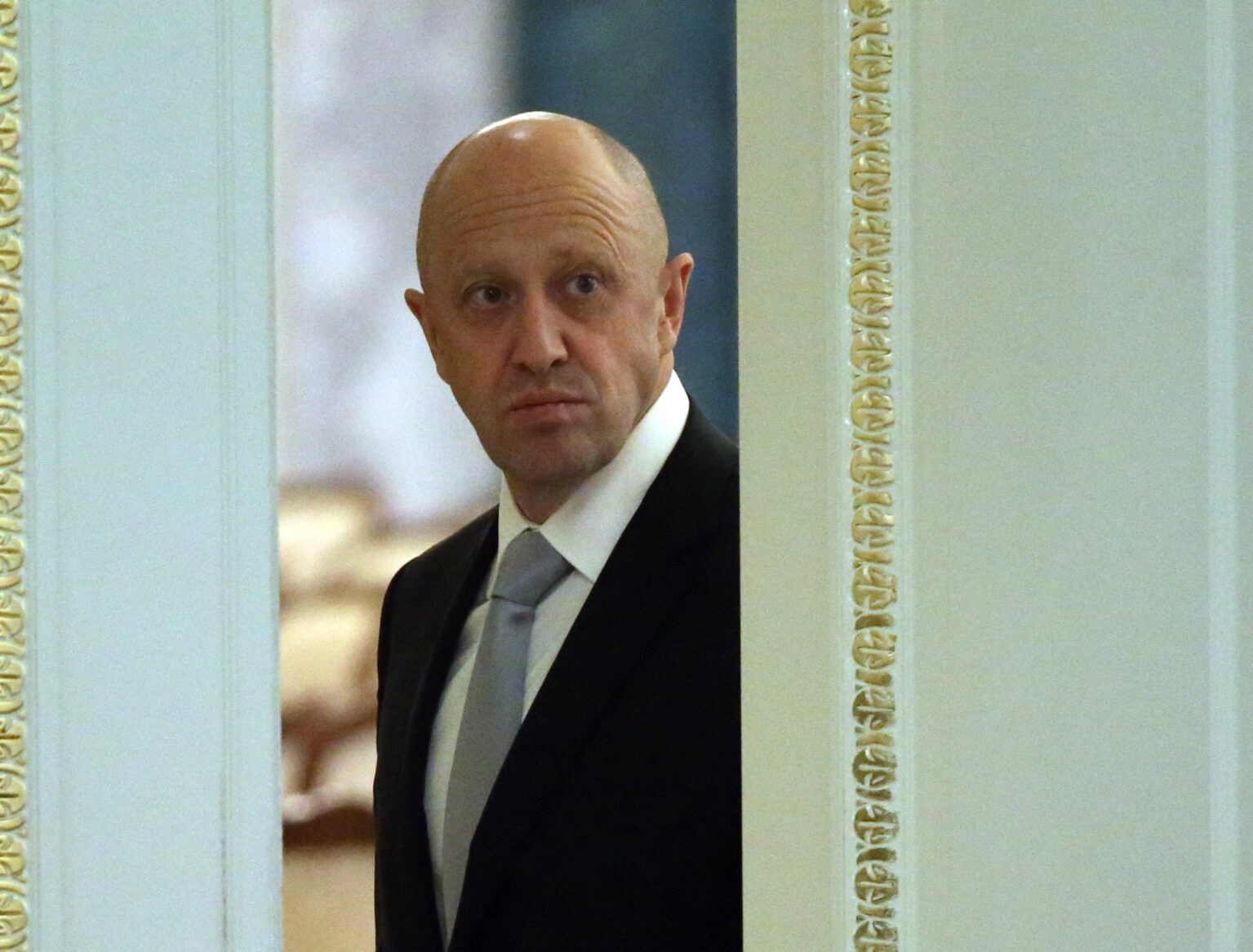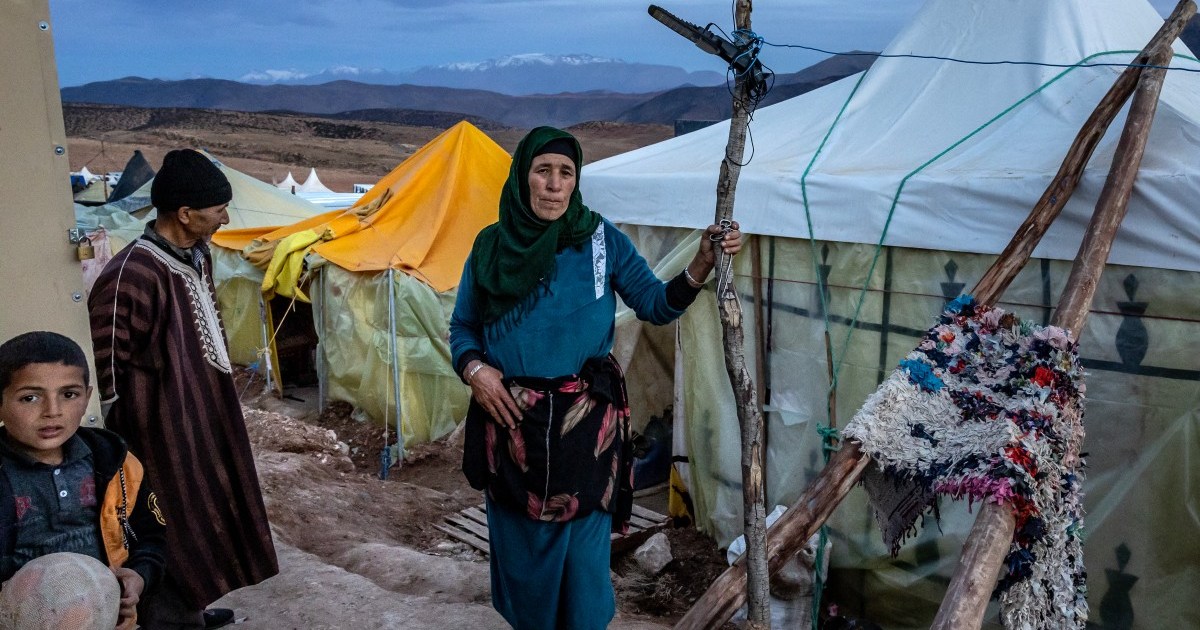Why is Namibia culling elephants and hippos for meat? | Wildlife News
More than 700 wild animals, including hippos and elephants, are being culled in Namibia’s game parks to provide meat for the country’s hungry, the government has said, as the arid Southern African region battles its worst drought in 100 years.
A spokesperson for United Nations Secretary-General Antonio Guterres described the situation in the country as a “humanitarian crisis we’ve never spoken much of” at a media conference on Friday.
About 84 percent of the country’s food reserves have been exhausted as a result of the drought, the UN said, with nearly half of the 2.5 million population expected to experience high levels of food insecurity during the lean season from July to September.
“This exercise is necessary and is in line with our constitutional mandate where our natural resources are used for the benefit of Namibian citizens,” a statement on Monday from the country’s environment ministry read.
Here’s what you need to know about the cull-for-meat plan.
Why is there a drought and what are the effects?
Southern Africa is recording its most severe drought in decades, beginning from October 2023.
Rising temperatures in the region have resulted in low rainfall. In February, when the rainy season would normally peak, the region received less than 20 percent of needed rainfall, according to scientists.
While the region is drought-prone, experts say the El Nino weather phenomenon which typically causes higher global temperatures, combined with human-caused climate change, is driving the current worse than usual dry spell. Namibia, Zimbabwe, Malawi and Zambia have declared drought emergencies.
Like its neighbours, Namibia is dependent on agriculture and livestock which need rain to flourish. However, it has recorded several droughts in recent years, affecting food production. Authorities declared drought emergencies three times between 2013 and 2019.
The UN said the current drought is contributing to cases of acute malnutrition – and in some cases, death – in children under five.
The drought also increases the risks of violence against women and girls, the UN said. Women and girls who usually fetch water for their families are having to travel longer distances, making them more vulnerable to assault.
Authorities say diseases like cholera are also spreading.
In addition, the Namibian environment ministry says drier than normal conditions are exacerbating human-wildlife conflict as man and beast compete for water and land resources.
Namibia, like its neighbours, has significant numbers of wildlife, including 24,000 elephants, one of the largest populations in the world.
Which animals will be killed and where?
Professional hunters and safari operators are being contracted to kill a total of 723 animals, according to authorities.
The animals identified for culling include 30 hippos, 60 buffalos, 50 impalas, 100 blue wildebeest, 300 Zebras, 83 elephants and 100 elands (antelopes).
Already, 56,875 kg of meat from 157 wild animals has been sourced for the government relief programme, according to the government statement. It is not clear which animals have been culled so far and over what period.
The culls are taking place in parks and communal areas that authorities believe have “sustainable game numbers” – that is, where the culling will not adversely affect the animal population, and where the animals may already exceed available water and grazing resources.
Elephants are also being specifically targeted in areas which have become prone to human-wildlife conflict.
Parks in which culling is being carried out include Namib-Naukluft Park, Mangetti National Park, Bwabwata National Park, Mudumu National Park and Nkasa Rupara National Park.

What issues has Namibia faced with wildlife in the past?
In 2023, Namibian authorities resolved to reduce elephant numbers because of rising cases of human-wildlife conflict in the country. The culling program, authorities said on Friday, would help achieve that goal, in addition to providing food.
Countries across Southern Africa say they are struggling with rising elephant numbers.
Botswana, Namibia, Angola, Zambia and Zimbabwe account for more than half of the African bush elephant population. Governments there say the numbers have rapidly increased since the 1990s and now they face an “overpopulation” problem. However, critics say those claims are exaggerated.
While elephants are a popular attraction on safaris, communities living close to them say they are increasingly bearing the brunt of their tempers. Dwindling animal habitat space as a result of human encroachment, as well as lower water and food resources, force more people into contact with the animals.
Without intervention amid the current crisis, conflicts between elephants and humans are expected to worsen, Namibian officials said.
All five of the countries with the most elephants allow trophy hunting to offset their numbers and generate income. Some have also tried to sell off their elephants to private entities. However, those actions have often attracted widespread criticism from animal rights organisations and Western governments.
In a controversial auction in 2021, Namibia tried to sell off 170 elephants but only a third were bought. Officials blamed the failure on a backlash from animal welfare groups.
Last year, Botswana President Mokgweetsi Masisi threatened to send 20,000 elephants to Germany, after authorities there mulled policies to restrict trophies from crossing its borders because of poaching concerns. Botswana hosts about 130,000 bush elephants, the world’s largest population.
Check out our Latest News and Follow us at Facebook
Original Source







